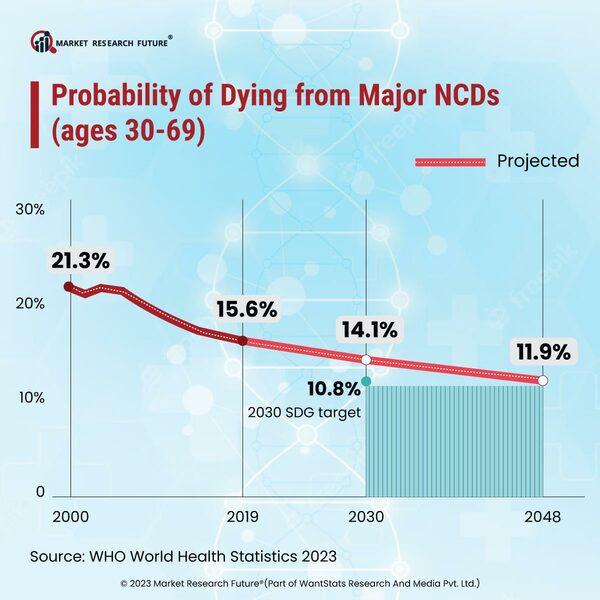Noncommunicable Diseases and Digital Healthcare Alliance 2023
The European Commission (EU), along with the World Health Organization (WHO), have declared together the launch of a landmark digital health alliance in June 2023. With both organizations coming forward, this initiative will help citizens globally.
Digital health technologies currently are an important part of our daily lives. People using technology to monitor their health significantly uplifts the tech sector in providing well-being to its users by adopting the EU system of digital COVID-19 certification, which will provide a digital system worldwide that will provide a better platform that will safeguard citizens from any occurring or future health diseases and aid mobility rate worldwide. The aim of WHO on Digital health is to interlink the latest technological developments with health to achieve better health benefits. Thus, it is enhancing the digital platforms in the health sector to attain global well-being.
The organizations have laid down an action plan for global digital health that includes short, medium, and long terms to implement into work. Short-term plans will be implemented in 1-2 years; medium-term will be for 2–5-year tenure only after the short-term plan has been executed; and long-term will be implemented for 5 or more years once short-term and medium-term plans are done.
Noncommunicable diseases (NCDs) record the highest number of diseases worldwide, and it has worsened more in the last two decades. Diabetes, cardiovascular diseases, and cancer, among others, are one of the major NCDs globally. On count, 76 percent of deaths worldwide are due to noncommunicable diseases in 2023, up from 75 percent in 2022. In noncommunicable conditions, various factors impact healthcare, like cost, mobility, distance, and others; thus, digital health technologies will help to improve treatment and management. The digital health sector focuses more on providing healthcare facilities where it is limited. WHO also aims to lessen one-third of the premature deaths due to NCDs by 2030.






